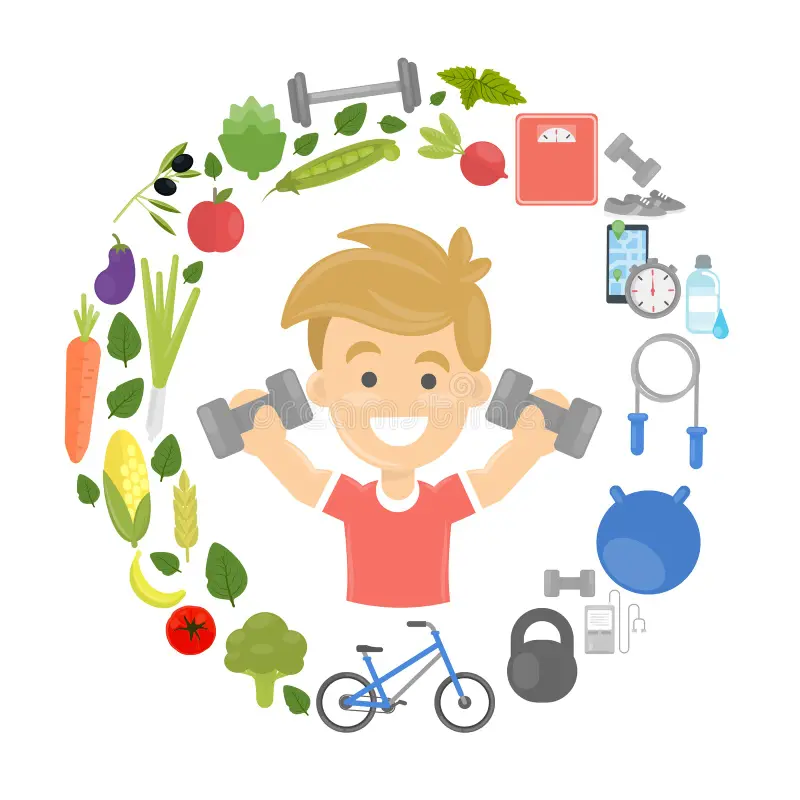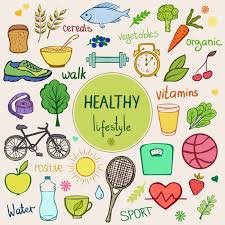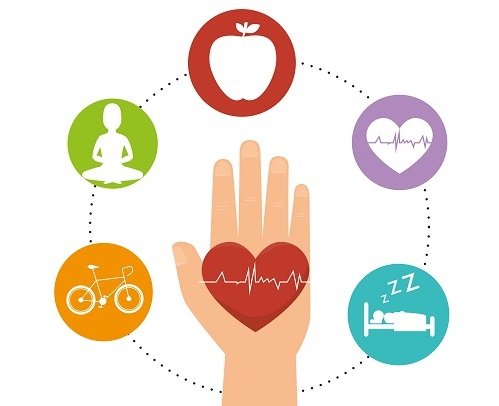Unlock Your Body's Potential: Mastering Flexibility with 15 Proven Techniques
Flexibility: a cornerstone of physical well-being often underestimated. It's not merely about impressive contortions; it's crucial for athletic prowess, injury prevention, and overall health. Unlock your body's full potential and experience the transformative benefits of improved flexibility with these 15 effective stretching techniques.
Begin your journey towards greater flexibility by understanding that consistency is key. Gradual progress, not immediate results, is the mark of a successful flexibility program. Remember to listen to your body, avoid pushing through pain, and celebrate each milestone achieved.
Dynamic Stretching: The Warm-Up Essential
Before any strenuous activity, prime your muscles with dynamic stretches. These movements, like arm circles, leg swings, and torso twists, increase blood flow, prepare muscles for action, and reduce injury risk. Think of it as waking up your muscles before the main event.
Static Stretching: Post-Workout Recovery
After exercise, static stretching is your recovery ally. Hold each stretch for 20-30 seconds, focusing on lengthening and relaxing your muscles. Avoid bouncing, which can cause injury. This is your chance to unwind those worked muscles and improve their elasticity.
PNF Stretching: The Power of Contraction and Relaxation
Proprioceptive Neuromuscular Facilitation (PNF) stretching leverages the interplay between muscle contraction and relaxation. For instance, to stretch hamstrings, contract the muscle against resistance (like a band) before relaxing into the stretch. This technique enhances flexibility more profoundly than traditional methods.
Active Isolated Stretching: Short Bursts, Big Results
Active isolated stretching involves short, repeated stretches (1-2 seconds each) of a targeted muscle. This technique bypasses the protective stretch reflex, allowing for greater lengthening and enhanced flexibility over time. It's perfect for busy schedules and provides targeted relief.
Yoga: The Holistic Approach to Flexibility
Yoga isn't just about poses; it's a comprehensive practice that cultivates flexibility, balance, and mindfulness. Poses like downward-facing dog, cobra, and pigeon pose target different muscle groups, improving overall suppleness and body awareness. Find a style that resonates with you and your fitness level.
Pilates: Core Strength Meets Flexibility
Pilates focuses on core strength and controlled movements that indirectly enhance flexibility. Exercises like leg circles, roll-ups, and spine stretches improve flexibility by strengthening the muscles that support and stabilize your joints. It's a gentle yet powerful approach.
Foam Rolling: Self-Myofascial Release for Tension Relief
Self-myofascial release using a foam roller targets tight muscles and connective tissues. This technique helps alleviate muscle tension, improve range of motion, and reduce the risk of injury. It's a simple yet highly effective way to address muscle knots and adhesions.
Active Stretching: Engaging Your Muscles for Increased Range of Motion
Active stretching utilizes your own muscle power to increase your range of motion. For example, gradually extending your legs higher during a hamstring stretch. This method builds strength and flexibility simultaneously, contributing to long-term improvements.
Passive Stretching: Assisted Flexibility
Passive stretching uses external aids—like straps or a partner—to achieve deeper stretches. This is especially beneficial for hard-to-reach areas or when you need assistance to reach a greater range of motion. Always ensure a trusted partner is assisting safely.
Ballistic Stretching: A High-Intensity Approach (Use with Caution)
Ballistic stretching, involving bouncing movements, pushes muscles beyond their typical range. While potentially effective for experienced athletes, it carries a higher risk of injury. It's crucial to proceed with extreme caution and only if guided by a trained professional.
Tai Chi: The Gentle Art of Movement
Tai Chi's slow, flowing movements promote flexibility, balance, and mental clarity. This ancient practice enhances range of motion and overall well-being through gentle, mindful movements. It's a soothing and effective path to increased flexibility.
Resistance Band Stretching: Adding Resistance for Enhanced Results
Resistance bands provide added tension, allowing you to deepen stretches and improve flexibility effectively. They are inexpensive, versatile, and easily incorporated into any stretching routine for added resistance and benefit.
Ballet-Inspired Stretches: Graceful Movements for Flexibility
Ballet stretches like butterfly, straddle, and split stretches target numerous muscle groups, promoting flexibility and grace. These stretches help cultivate flexibility, strength and balance in an elegant and effective manner.
Active Release Techniques (ART): Addressing Muscle Adhesions
Active Release Techniques (ART) is a hands-on soft tissue therapy that addresses adhesions and scar tissue. This professional technique improves flexibility, reduces pain, and optimizes athletic performance. It is beneficial to consult a professional for this treatment.
Mobility Training: Joint Health and Flexibility
Mobility training focuses on improving joint range of motion through exercises like hip circles, shoulder rotations, and spinal twists. This holistic approach enhances overall flexibility and reduces stiffness across various joints.
Improving flexibility is a journey, not a race. Be patient, persistent, and attentive to your body's signals. By consistently incorporating these stretching techniques, you'll unlock improved flexibility, enhanced performance, and a greater sense of overall well-being. Embrace the process and enjoy the journey towards a more flexible and healthier you!








